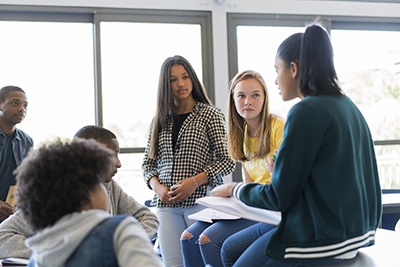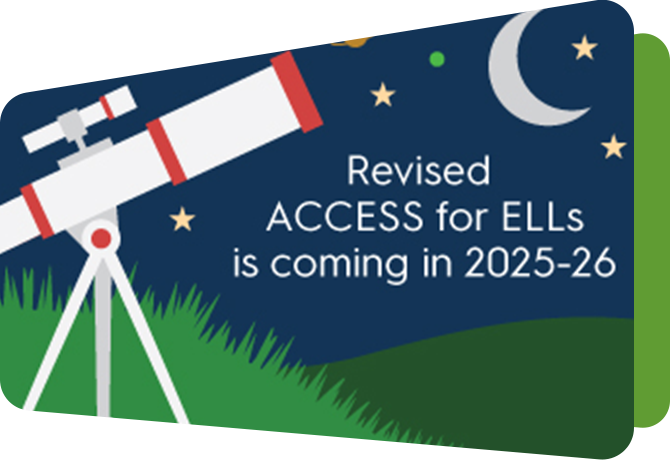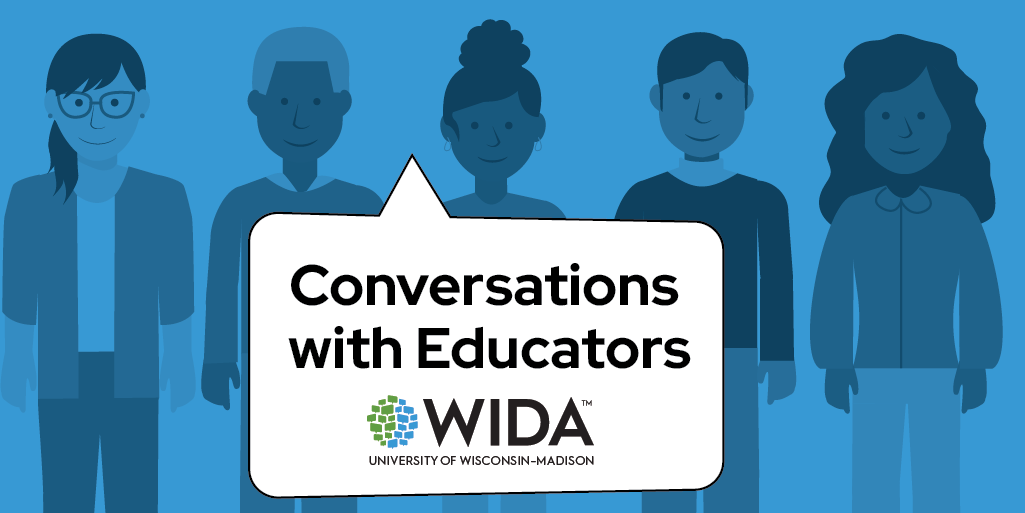Marco ALE: A new resource to unite Spanish and English language programs

In 2006, I moved to Honduras to begin my career as an international teacher. I was quickly captivated by my enthusiastic high school students, by the kind welcome of their families and the sunny weather! My initial two-year contract turned into a decade of life in the country during which I learned a great deal about teaching — from my students and from my fellow colleagues. All of my students were from Spanish-speaking homes, and I was amazed to watch them move between English and Spanish in their interactions and in daily lives. While I did not yet have the theoretical background to understand their fluid languaging practices, I did wonder — again and again — why did our bilingual school have separate English-only and Spanish-only classes when our students clearly existed in a much more flexible in-between space as bilinguals?
Now, 15 years later, through my work with the WIDA International Programs team and my Ph.D. research at the University of Wisconsin–Madison, I have come to realize that many international schools are asking this same question: How can we create multilingual school spaces in which students can draw on all of their linguistic repertoires to learn? In my dissertation, I focus on this question within the context of Spanish-English international schools in Latin America. International schools in this region often provide instruction in both English and Spanish — typically divided by subject area. For example, the majority of subjects are taught in English, with Spanish language arts and social studies or civics taught in Spanish. While this instructional model is common, the separation often leads to two distinct language programs within one school, with disconnected staff, curriculum and pedagogical approaches (Hamel, 2008; de Mejía, 2005). This separation also creates “one-language only” classrooms that limit students and teachers from developing holistic multilingual repertoires. Like I noticed as a new teacher in Honduras, this separation of languages does not match the fluid language practices and identities of multilingual students.
Yet, many schools are beginning to question this approach of separating languages. For example, through my Ph.D. program I conducted a case study with one international school as they explored significant shifts toward a more integrated approach to language instruction. However, many other schools are still struggling with how to integrate their Spanish and English programs into one holistic approach to language development.
For schools interested in exploring how to bring their Spanish and English language programs together, we recommend WIDA Español’s new and exciting development resource — Marco de referencia de las artes del lenguaje del español de WIDA (Marco ALE). Marco ALE is a Spanish language arts framework that provides the key elements for developing standards, aligning standards to instruction and teaching Spanish language arts in grades K–12.
The intention of Marco ALE is not to prescribe a particular set of standards for Spanish language arts, but to bring light to key elements and themes which are common across many contexts; as well as to support schools in the teaching of Spanish language arts. For example, Marco ALE presents three ideologías orientadoras — el Discurso, el transculturalismo and las multiliteracidades. Inside the context of an international school, el transculturalismo provides an explicit opportunity to draw attention to the experiences of multilingual students as they live and navigate within and across cultures. Las multiliteracidades bring attention to how students make meaning across various modalities and the important role multilingual texts play in this process. While some international schools may allow for translated books within their classes, las multiliteracidades point to the need for the inclusion of multilingual and non-print texts.
Marco ALE also includes seven prácticas de la disciplina that integrate the knowledge, experiences and skills that are critical for multilingual learners to participate in language arts. Many of these identified practices provide an opportunity to build bridges between Spanish and English instruction. For example, the “language resources” practice draws attention to the role of translanguaging as a tool for multilingual students to express their ideas in a specific sociocultural context. In an international school environment, translanguaging allows students to draw on all of their linguistic resources to learn and communicate — yet many schools have been hesitant to allow for translanguaging within the context of Spanish language arts.
Inside the unique context of international schools with Spanish-English instruction, Marco ALE provides a new opportunity to bring language programs together through collaborative conversations about language arts across Spanish and English. Marco ALE can further support schools as they develop a shared understanding about an asset-based approach across all language programs, since Marco ALE reflects WIDA’s overarching foundational beliefs and Can Do Philosophy. WIDA Español continues to develop new resources to serve the needs of Spanish-speaking students across the globe and Marco ALE is an excellent first step for international schools looking to unite their Spanish and English programs together through these conversations.
About the Author
Esther Bettney is a project assistant for the WIDA International School Consortium and a doctoral candidate in the Department of Curriculum and Instruction at the University of Wisconsin–Madison. Her research focuses on equitable approaches to language education within the context of multilingual schools.





